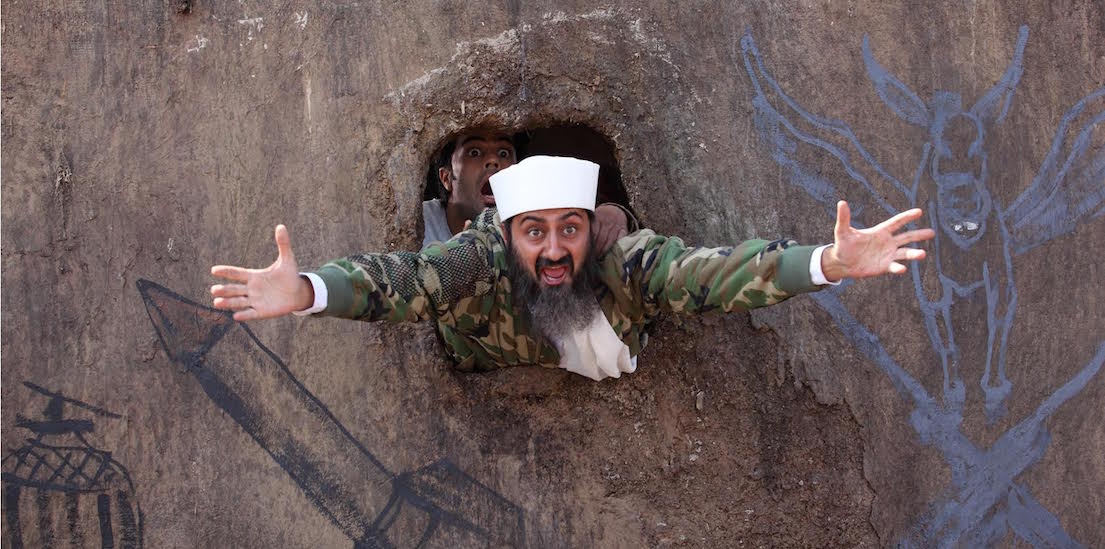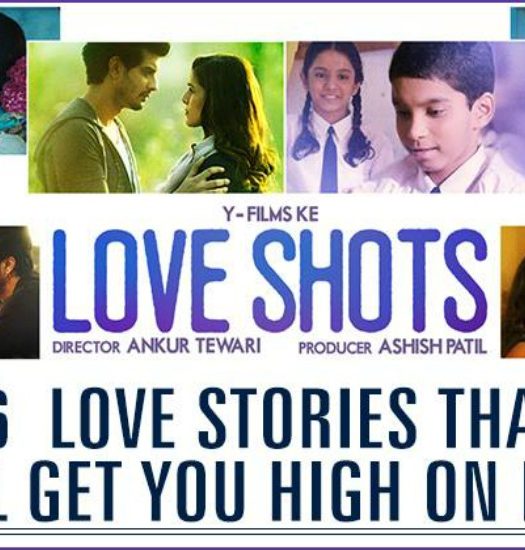Lighting Up A Scene Is My Forte – Amalendu Chaudhury
Having showcased his expertise in a number of regional films, Cinematographer Amalendu Chaudhury has recently been associated with several interesting stories in Hindi cinema. His latest film, Tere Bin Laden: Dead or Alive is a political satire, a sequel to the much acclaimed Tere Bin Laden. In a chat with Pandolin, Amalendu throws light on the approach to shooting the film, the experience of working with Abhishek Sharma and more.
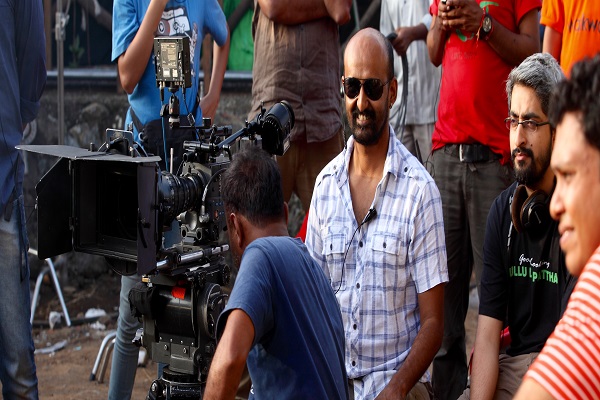
DOP of Tere Bin Laden:Dead or Alive
What were the factors that made you come on board Tere Bin Laden: Dead or Alive?
I’d met Abhishek (Sharma, Director) for another project that we were supposed to do. Someone had referred me to Abhishek and he saw my work in Aiyyaa and Harishchandrachi Factory. But later I was brought in to work on the sequel of Tere Bin Laden and I was equally excited about it. I had loved the first part and the concept of the second film was even better than what I was expecting it to be. It’s not a typical comedy but a spoof based on an international event. You hardly get to work on such kind of projects. That’s what made me say yes to it. Also, there’s the fact that Abhishek is a very fun and interesting person to work with.
READ: I WASN’T GETTING A MOVIE THAT HAD A MIND-BLOWING SCRIPT
What were director Abhishek Sharma’s expectations from the cinematography? And how would you describe him as a director?
The first requirement was that the film should look polished and classy and not like a typical comedy film. Also, Abhishek wanted to scale up the production and make the movie look bigger than the first part. He also wanted the aesthetics to be in the right place. He is a person who gives a lot of attention to detail and wants his HODs also to be on the same page. He was very clear in his brief and is a very good team player. I had a really good time working with him.
Tell us about the visual treatment adopted for the film along with the colour palette that you have used.
I love lighting up a scene and that’s my forte. I like to spend time with the director and discuss how the lighting can be taken to another level. In the movie, there is one area which is set in Afghanistan/Pakistan region, one is in US, another one in Mumbai and the fourth place is anonymous. The story revolves around these four locations and we have tried to keep a warm look for all the locations, expect for US, which is a colder look. We have kept a warmer, greenish tone as it compliments the terrains shown in the movie. I normally get references from the director but I derive a certain look only after I have seen the locations for real. That’s because the natural colour tone of the location inspires me and gives me the look that I want to have.
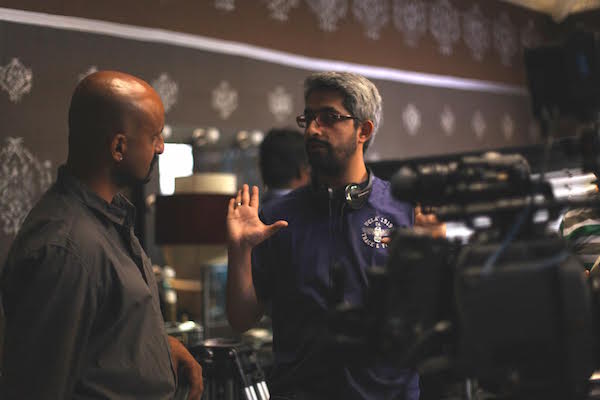
With Director Abhishek Sharma (R) (File Photo)
Are there any aspects of cinematography from the first film that have been adopted for the new film?
No, absolutely not.
Can you shed some light on the cameras and lenses that were used along with the kind of set up that was adopted?
I used the earlier model of Alexa and shot it on ProRes, which was new at that time as we shot the movie three years back. I’ve used Cooke lenses with it.
READ : THE MAN BEHIND THE BEARD – PRADHUMAN SINGH
Which locations did you’ll shoot in? How much was it was on set and how much of it was on real locations?
Primarily, it was a real-location based film but there are some portions which were shot m inside studios in Mumbai. We had a tough time shooting on these locations, specially the one that was used as a terrorist camp. We were in the interiors of Maharashtra and the unit had to deal with extreme summer temperatures of 42 degrees and dusty winds. It’s not a desert in real but we have made it look like that. It was not an easy shoot at all. Even while shooting in Mumbai, we had to keep moving in and out as we were shooting during the rains in June.
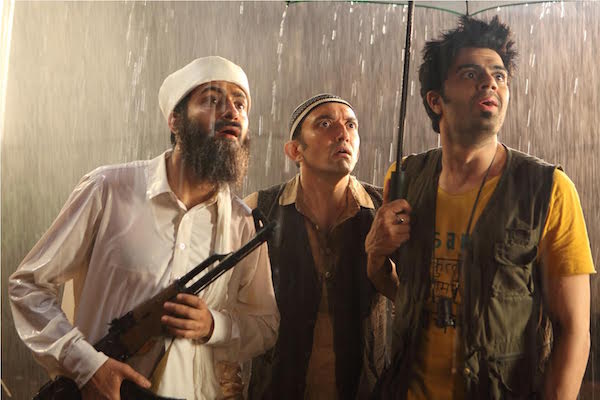
Still from Tere Bin Laden: Dead or Alive
Please elaborate on the lighting design. Which were the various lights that you have worked with?
I worked with very basic kind of lights. I’ve used normal tungsten lights with kino tubes. For this film, I didn’t work with any fancy lights.
How would you summarize the experience of shooting the film – the highs and challenges?
To work with a director like Abhishek is a unique experience because he is a very sorted director the story he has also a written the film. To work on the movie was itself a highpoint because it’s an original film. We are not going to get a film like this because it’s a unique subject based around a political setting. I had a great time working on the movie. The way Abhishek directs his actors is also very good. And the kind of actors we had from Manish Paul, and Pradhuman Singh to Sikander Kher, Piyush Sharma, Sugandha Garg and others, they are fabulous in the movie. Even the technicians like production designer Wasiq Khan and sound designer Manas Choudhary are great. Basically, Abhishek Sharma is a very good team player and he loves his unit. It is a joyride to shoot with him.
The low points were of course the extreme weather, punishing terrains but overall I had a great time shooting the movie.
READ: THE FILM IS NOT JUST A SATIRE BUT BORDERS TOWARDS FARCE
You’ve been part of several noted regional films. Would we see you doing more of those films?
Yes, right now I am working on a Marathi movie called Cycle, which is directed by Prakash Kunte (Coffee Ani Barach Kahi). There is another Marathi movie called Tatsa Limboo, which is directed by Prasad Oak.
What factors do you consider before saying yes to a film?
I think the director and the story are two primary things that I look at before signing a movie. I try and see if the director is clear in his vision. Also, the script as well as the cast has to be really good. But frankly, sometimes my instincts go wrong and it doesn’t turn out the way it is supposed to.
Could you give any tips for budding cinematographers?
I think they should be really good listeners and should listen to what the director expects from them. They need to try and understand what the director is trying to achieve and how they can enhance it and take the vision further.

